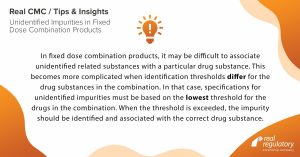June 2022
Real CMC Tips and Insights
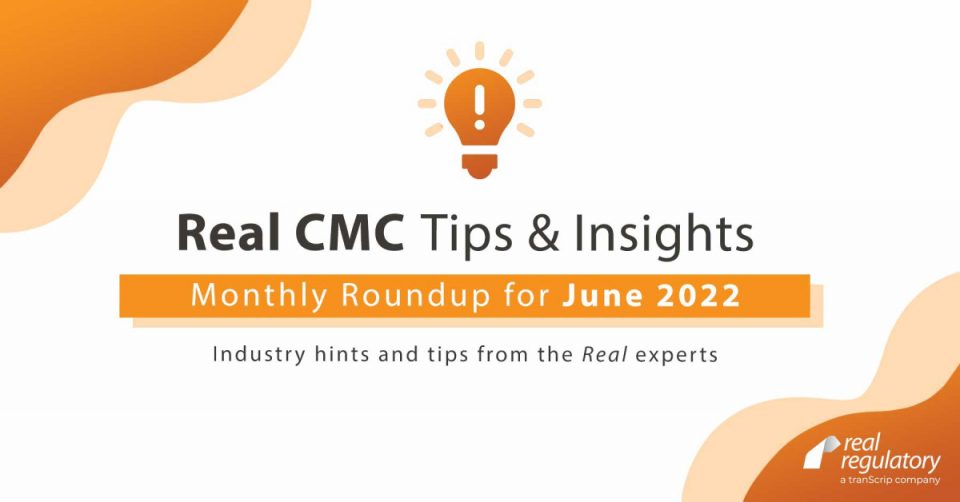
Since the beginning of July 2020, we have published weekly Regulatory tips and insights from our Regulatory experts on our Real Regulatory LinkedIn page, as a service to our followers. The tips we published in June 2022 are collected here, for convenience. Make sure you follow Real Regulatory Ltd and Real CMC for regulatory news, reports and hints.
The EDQM Knowledge Database

Revision of Nitrosamine Risk Assessments
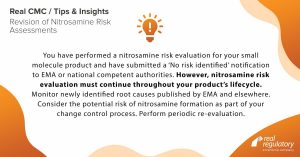
ICH Training Materials
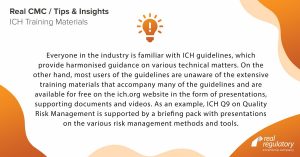
Related Substances Specifications
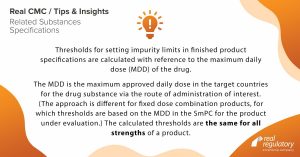
Unidentified Impurities in Fixed Dose Combination Products
